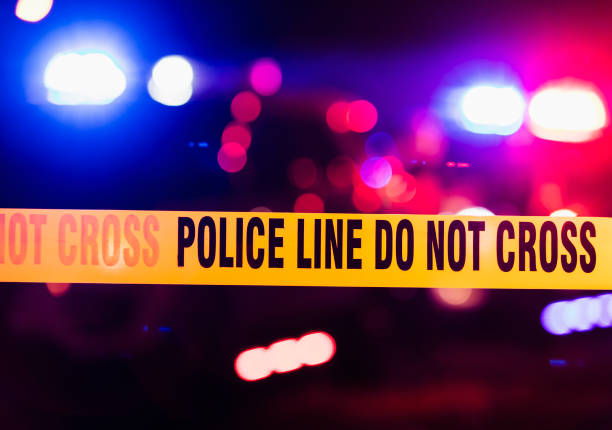At approximately 4:15 p.m. on that fateful Friday, police officers were dispatched to the scene following reports of gunfire. Upon their arrival, they discovered a man suffering from a gunshot wound, a stark and immediate reminder of the sudden violence that had erupted in the neighborhood. The victim, whose identity has not been disclosed to protect his privacy, was quickly transported to a local hospital. Fortunately, his injuries were determined to be non-life-threatening, providing some relief amidst the shock of the incident.
As of now, details about the circumstances leading up to the shooting remain scarce. The authorities have yet to identify any suspects or persons of interest in connection to the event, leaving the community on edge and seeking answers. The lack of immediate information regarding potential perpetrators has intensified the urgency for witnesses or anyone with knowledge about the incident to come forward.
The Richmond Police Department has made a public appeal, urging individuals with any information to report anonymously to Crime Stoppers. The option to use the P3 Tips Crime Stoppers app on a smartphone offers an accessible and confidential means for citizens to assist in the investigation, highlighting the critical role that community cooperation plays in addressing and solving acts of violence.
This incident is a stark reminder of the prevalence of gun violence in communities across the country and the pervasive impact it has on the lives of individuals and neighborhoods alike. The shooting on 29th Street is not an isolated event; rather, it is part of a broader conversation about public safety, the prevalence of firearms, and the measures necessary to protect citizens from harm.
In the aftermath of the shooting, the Richmond community finds itself grappling with familiar feelings of fear, anger, and frustration. The quest for safety and peace remains paramount, as residents and local leaders consider the implications of such incidents on their collective sense of security. The response to this event will undoubtedly fuel ongoing discussions about law enforcement strategies, community policing efforts, and initiatives aimed at preventing gun violence.
As the investigation progresses, the incident on 29th Street serves as a catalyst for reflection on the societal factors that contribute to gun violence. Issues such as socioeconomic disparities, access to firearms, mental health resources, and systemic inequalities come to the forefront, challenging communities and policymakers to address the root causes of violence comprehensively.
Moreover, the shooting underscores the importance of community engagement and the power of collective action in fostering environments where safety and well-being are prioritized. It highlights the need for robust support systems, educational programs, and intervention strategies that can address potential risks and conflicts before they escalate into violence.
The road to recovery and healing for the victim, his family, and the Richmond community will be arduous. Yet, it is through adversity that the strength and resilience of a community are most vividly demonstrated. In the face of violence, the collective resolve to pursue peace, justice, and safety becomes even more pronounced.
As the city of Richmond and its inhabitants navigate the aftermath of the shooting, there is a renewed commitment to coming together, supporting one another, and working towards a future where such incidents are the exception rather than the norm. The journey towards achieving this vision is fraught with challenges, but it is a path that must be taken with determination and hope.
In the end, the shooting on 29th Street is a somber reminder of the work that lies ahead in the fight against gun violence. It calls upon individuals, communities, law enforcement, and policymakers to engage in meaningful dialogue and action aimed at creating safer, more inclusive spaces for all. As the investigation continues, the shared goal of a more peaceful society remains within reach, inspiring collective efforts to turn tragedy into a catalyst for positive change.
